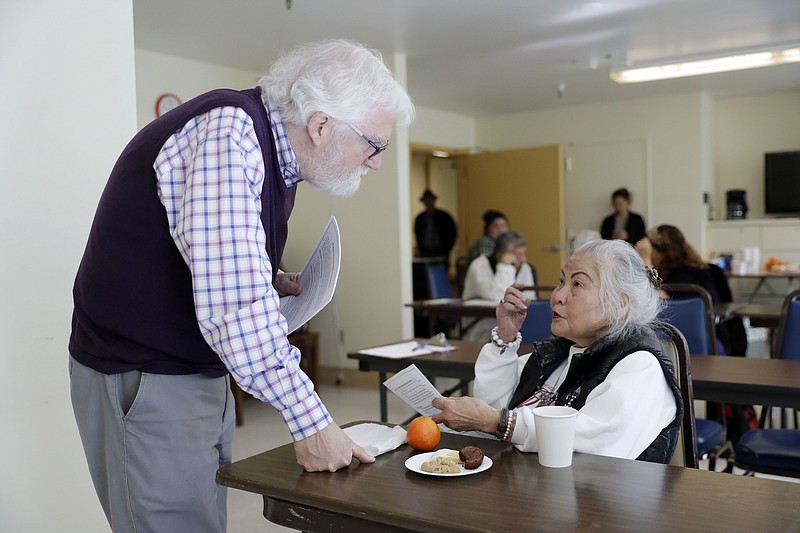SAN FRANCISCO (AP) - The unwanted were turned away from cafeteria tables. Fistfights broke out at karaoke. Dances became breeding grounds for gossip and cruelty.
It became clear this place had a bullying problem on its hands. What many found surprising was that the perpetrators and victims alike were all senior citizens.
Nursing homes, senior centers and housing complexes for the elderly have introduced programs, training and policies aimed at curbing spates of bullying, an issue once thought the exclusive domain of the young.
"There's the clique system just like everywhere else," said Betsy Gran, who until recently was assistant director at San Francisco's 30th Street Senior Center. "It's like 'Mean Girls,' but everyone is 80."
After the cafeteria exiles and karaoke brouhahas, the 30th Street Center teamed up with a local nonprofit, the Institute on Aging, to develop an anti-bullying program. All staff members received 18 hours of training that included lessons on what constitutes as bullying, causes of the problem and how to manage such conflicts. Seniors were then invited to similar classes, held in English and Spanish, teaching them to alert staff or intervene themselves if they witness bullying. Signs and even place mats around the center now declare it a "Bully Free Zone."
"I think in the past I would have just stayed out of it," said Mary Murphy, 86, a retired real estate agent who took the classes. "Now I might be inclined to help."
Robin Bonifas, a social work professor at Arizona State University and author of the book "Bullying Among Older Adults: How to Recognize and Address an Unseen Epidemic," said existing studies suggest about one in five seniors encounters bullying. She sees it as an outgrowth of frustrations characteristic in communal settings, as well a reflection of issues unique to getting older. Many elderly see their independence and sense of control disappear and, for some, becoming a bully can feel like regaining some of that lost power.
"It makes them feel very out of control," Bonifas said, "and the way they sort of get on top of things and make their name in this new world is intimidating, picking on people, gossiping."
There is far less recognition of bullying as a problem among seniors compared with young people. Even among those who have been called bullies, many are unaware how problematic their behavior is until it's labeled. Campaigns around the country have sought to spread the word, including a booklet circulated last year by the National Center for Assisted Living.
"In the life cycle, it doesn't go away," said Katherine Arnold, a member of the city Human Rights Commission in St. Louis Park, Minnesota, which created a public service announcement on its community-access station that included a portrayal of a man who was excluded from a card game and became the subject of gossip by other seniors. "There's really not a lot of escape."
Most senior bullying isn't physical but rather involves name-calling, rumors and exclusion, said Pamela Countouris, a longtime schoolteacher who now runs a Pittsburgh-based consultancy that offers training on bullying. Women constitute the bulk of the bullies Countouris encounters among seniors, a reflection of lifespan disparities and the gender makeup of those who live at or participate in programs at senior facilities.

